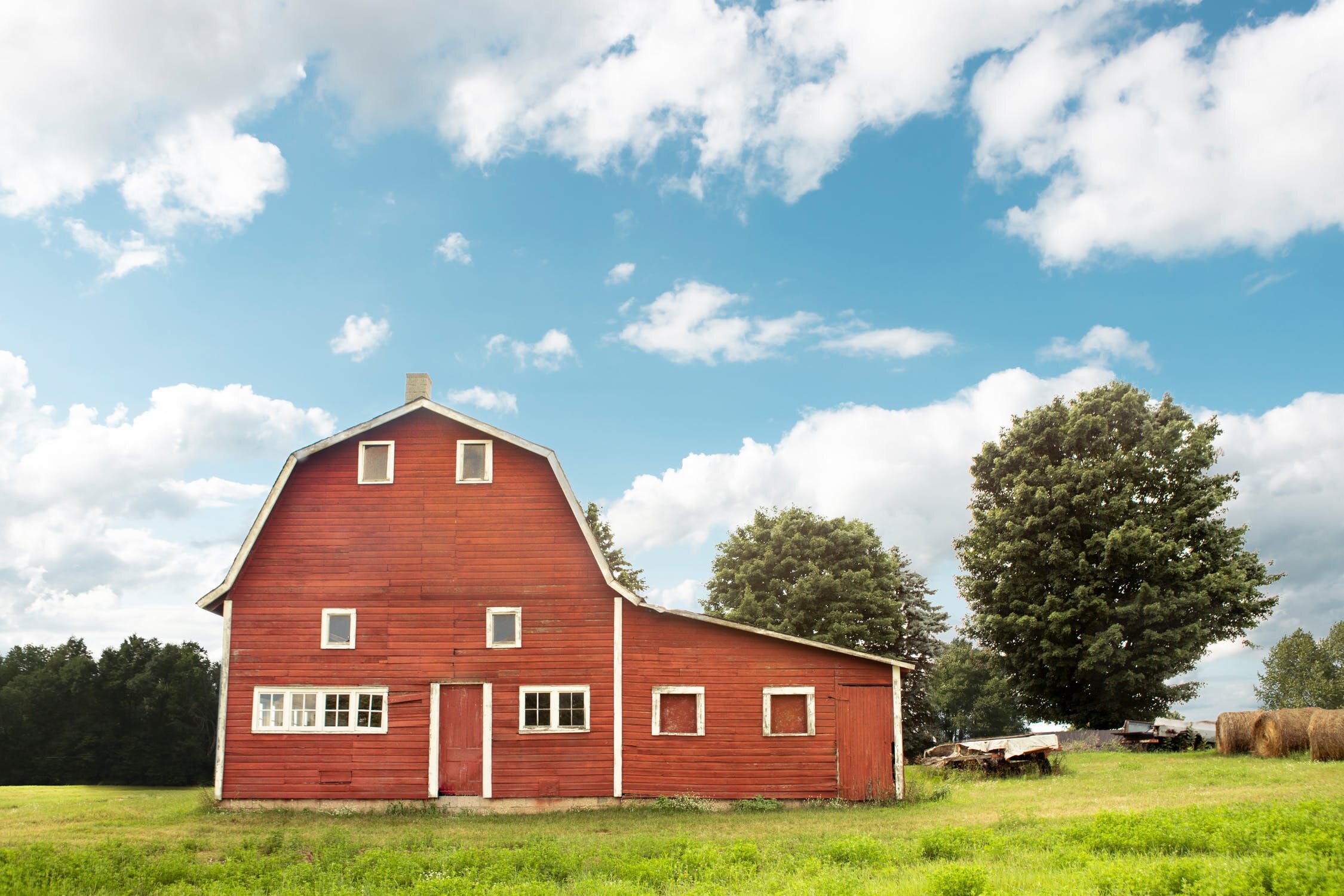7 Fun Ways To Teach Your Kids About Where Food Comes From (And Why That Matters!)
Want kids to try new or healthy foods?
Want them to appreciate how that salad got to the table?
Want to promote healthy eating later in life?
Want your children to develop critical thinking skills?
Wish they’d get excited about meal time
Or maybe you just want them to waste less food when they eat lunch each day?
Teaching young people about where food comes from can make all of those things possible and it’s easier than you might think.
Today we’ll cover 7 Fun Ways to teach children about where the food they eat comes from and why that matters.
So let’s get started!
Try Visiting Or Volunteering At A Local Urban Garden, Farm, Or Co-Op.
Do you have an urban garden or local farm in your area? Whether it’s joining a local co-op, visiting the local urban garden, or volunteering on a farm, you can teach your children or students about food origins by giving them a hands-on experience.
While you could certainly explain these things to children, giving them the chance to get their hands dirty (literally…) and letting them hear about food growing from others can impact them in a new and exciting way.
Try Meal Prepping With Your Kids
Not living super close to any of those places? You can still make food origins interesting to your children by involving them in your weekly or daily meal prep. Making corn? Explain to them how corn grows, what we use corn for, and how to wash it and cook it can make eating vegetables more likely and fun! (Bonus: Explaining the science of popcorn for dessert might be fun too!)
Food Origin Mapping Is Fun
Is that avocado from Mexico? Are those oranges from the sunny state of Florida? You mean our olive oil came from Italy?!
Mapping out where our food comes from can be lots of fun. One simple and fun way to do food mapping is to go to a local library to find a world map or look one up on your phone or computer and select 3 ingredients you use in foods you cook. Show your child where each food comes from. And when you show them how far that ingredient travels, you may also want to ask them to guess HOW it gets to you. Do they fly that olive oil here? Does the orange get put in a big truck? Allowing children to use their imaginations and explain their reasoning can be an awesome opportunity for exploration and critical thinking!
Talk About The Food Groups
The food pyramid has changed over the years but talking to your children about healthy eating and nutrition can make your discussions about where food comes from more interesting.
If children learn about the different types of food they need to eat to stay healthy, they’re more likely to take an interest in where each food or ingredient comes from.
Need help discussing nutrition with young people? Check out Harvard’s Kids Healthy Eating Plate. It’s fun, colorful and a great resource for discussing nutrition as we understand it today.
Grow Something At Home
While we can’t all raise chickens out back or grow tomatoes in our side garden, most of us can grow herbs like basil and can show children the progress an ingredient makes from seed to ready-to-harvest-ingredient. Having children keep a written log of the item’s progress or a photo journal can also be a fun way to track the life cycle of that ingredient too!
Once the item is grown and harvested, ask your child to explain how that came to be. They can even share their story with family or friends. They’ll surely be excited to have grown it themselves too!
Eat Locally and Seasonally
Eating locally and choosing seasonal ingredients can help young people learn about their communities, regions, and even the seasons.
Added bonus: Eating locally and seasonally, when it’s possible, means you’re getting fresh ingredients that benefit local purveyors.
Let’s Connect!
Have you tried something from this blog?
Want to share your awesomeness with us?
You can visit our Instagram or share your photo with us on your own account by using the hashtag #FoodForThoughtByTheSea
We can’t wait to hear all about it!
Support Our Mission
If you’ve loved these suggestions and want to support Food For Thought’s mission, you can donate here.
Thank you for being so generous!

